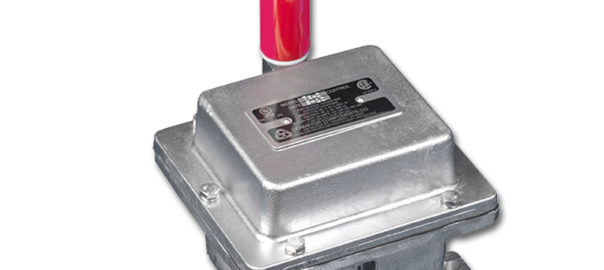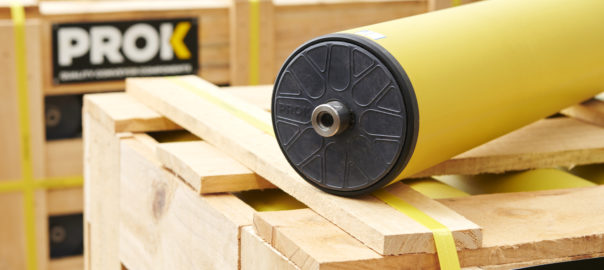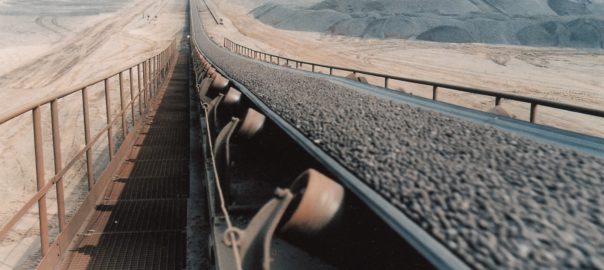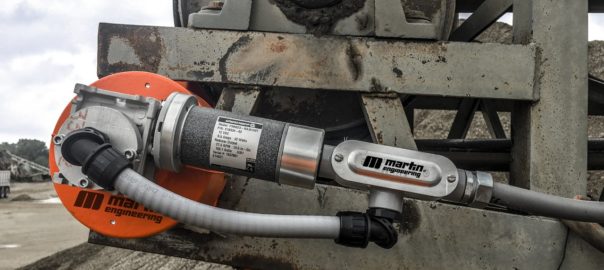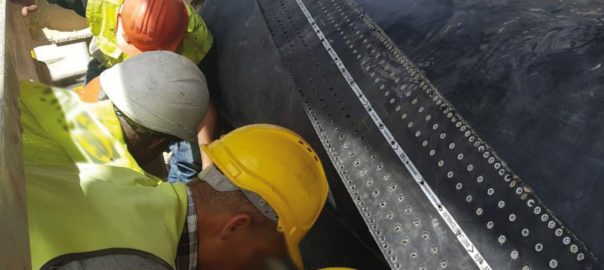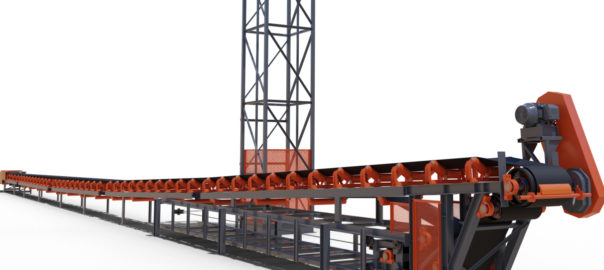Conveyor Components Company has added a Tilt Action (TA) belt alignment control solution to its offering for use on most belt conveying systems and wastewater filter presses.
The model TA is available in weatherproof or explosion-proof enclosures, with 120 VAC or 240 VAC input power rated microswitches, the company said.
This belt alignment control has dry, unpowered 20 amp SP/DT microswitches, or 15 amp DP/DT microswitches, to allow control of four separate output functions. The unit is bi-directional, able to operate in either direction and the red-coloured roller is highly visible from a distance.
The trip points are field-settable with a simple set screw adjustment on the cam, while the housing is cast aluminum, with optional epoxy coating available for corrosive environments.







